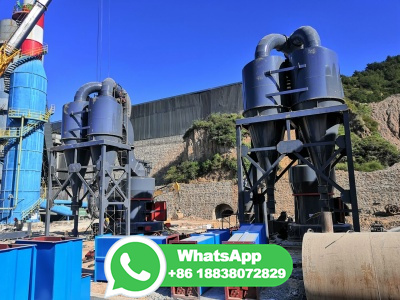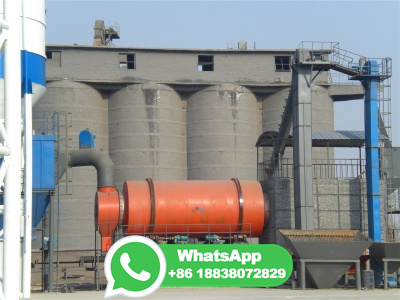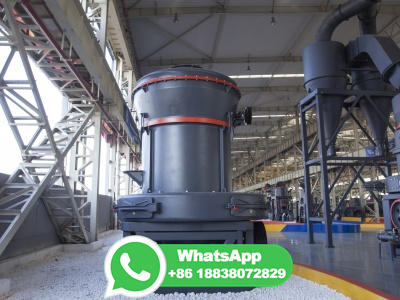Battery powered underground mining equipment | OEM OffHighway
Battery Powered Bolter. At MINExpo 2016, MacLean Engineering introduced its 975 Omnia Battery Powered Bolter. The company developed the machine to improve safety, productivity and ground support installation quality, as well as provide a solution for the mining industry's movement toward addressing mine ventilation costs and reducing diesel fine particulate matter.





































